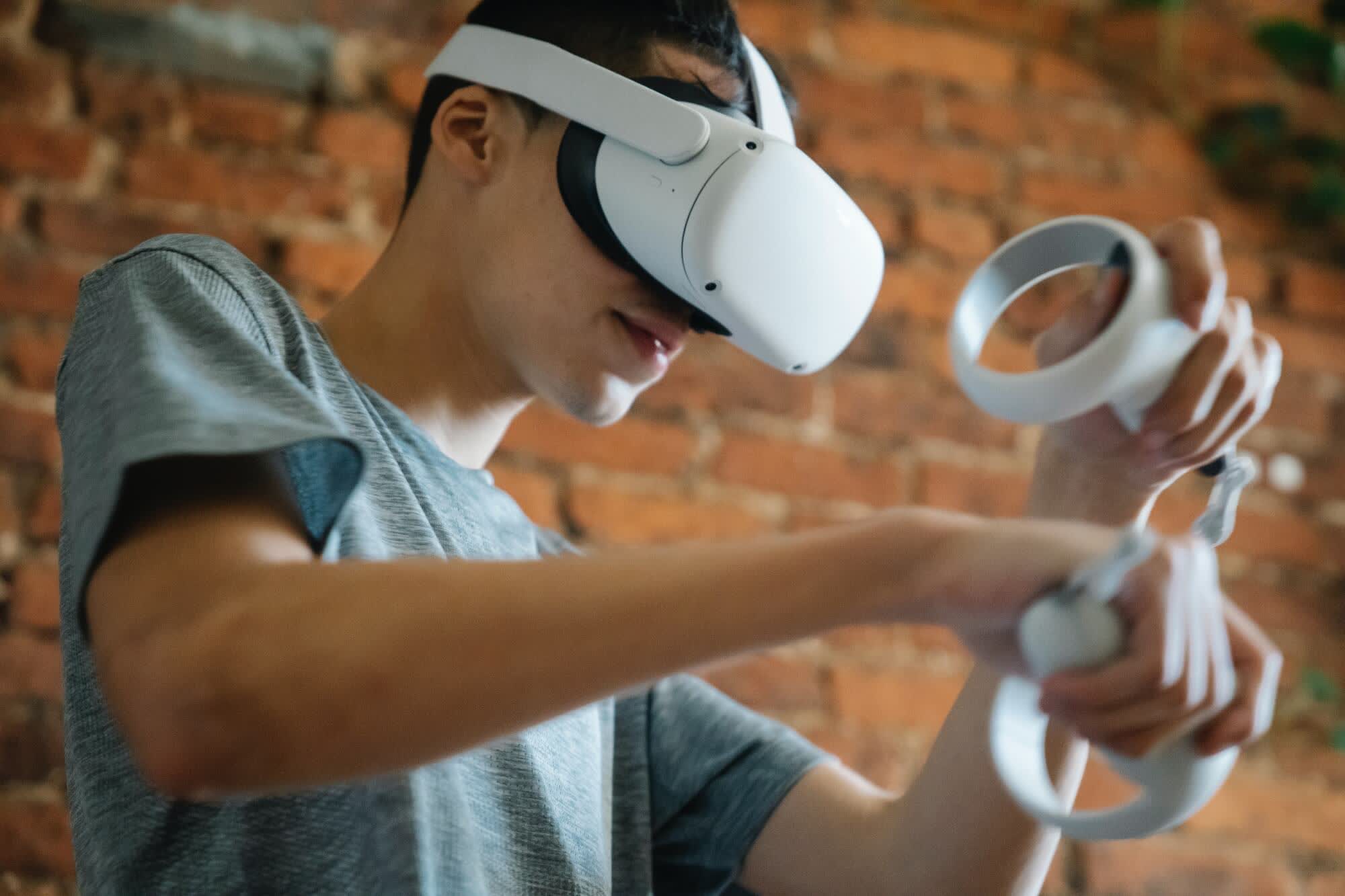The big picture: Virtual reality has not transformed modern society like some early adopters anticipated. In fact, it has barely made a blip on the overall tech landscape, but perhaps that is just because developers have not yet identified its killer app.

Virtual reality has historically attracted a young, male audience with a heavy interest in video games. Now roughly a decade later, developers are increasingly starting to explore other use cases and target demographics.
Sam Cole launched a VR exercise app called FitXR roughly five years ago. At first, the app's user base was mostly young males. Within just a few years, however, its leading demographic was a woman over the age of 35. Cole's marketing team figured women living with men were starting to experiment with fitness apps, and telling their friends about them. They were probably correct.

It wasn't long before a whole new set of shoppers were buying VR headsets to explore fitness, work, and entertainment avenues, and device makers quickly took note. When Apple revealed its Vision Pro AR headset at WWDC last month, the company barely touched on gaming. Instead, the $3,500 visor was billed as being ideal for productivity, communication, and media consumption.
Experts say fitness-focused VR apps could attract people that are too intimidated or embarrassed to attend exercise classes in person. Working out at home can be more convenient and in the long run, and more affordable, too.
If VR can make fitness apps fun like Nintendo did with on the Wii, it could be the jumpstart the industry needs to achieve mainstream success. Five of the top 10 best-selling Wii games are sports / fitness related, including Wii Fit with 22.67 million in lifetime sales.
Eric Janszen, the CEO and co-founder of VirZoom, told The Washington Post that the immersive quality of VR is a far better medium for motivating people to exercise than anything you can do on a flat screen. "You're not staring into the screen and kind of projecting yourself into the scene. You're actually in it, and you are reacting to the world, and the world is reacting to you," Janszen added.
Image credit: Boxing by Eren Li, Punch by Shvets Production
https://www.techspot.com/news/99339-could-fitness-propel-vr-mainstream-spotlight.html
